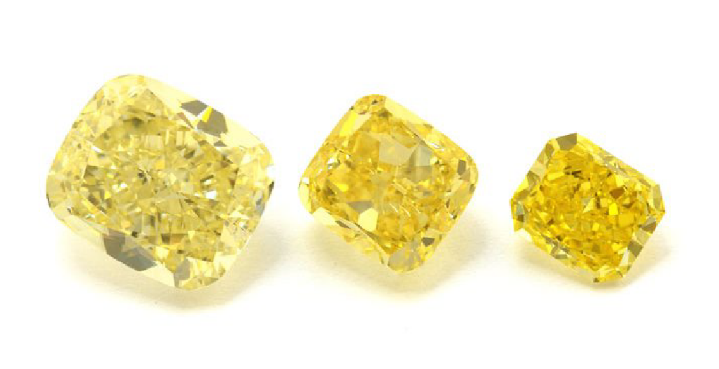When it comes to the beautiful, sparkly gems that are diamonds, most of us are familiar with the natural ones that take millions of years to form deep within the Earth. However, did you know that diamonds can also be created in a lab? Thanks to modern technology, we can now produce these precious stones synthetically, creating what are known as lab-made diamonds. In this article, we're going to delve into the financial aspect of this process, specifically exploring the question: how much does it cost a lab to make a diamond?
lab-made diamond cost is a complex topic, as it can vary based on a number of factors including the size of the diamond, the method used to create it, the lab's overhead costs, and more.
The Process of Making a Diamond in a Lab
Before we get into the cost, it's helpful to understand the process of creating a diamond in a lab. Lab-made diamonds are typically created using one of two methods: High Pressure High Temperature (HPHT) or Chemical Vapor Deposition (CVD).
The HPHT method involves simulating the natural environment in which a diamond forms. This means applying high pressure and high temperature to a small diamond seed in the presence of carbon, resulting in the growth of a diamond crystal.
The CVD method, on the other hand, involves placing a diamond seed in a sealed chamber and filling the chamber with a carbon-rich gas, which is then heated to extremely high temperatures. This causes the carbon atoms to break down and attach themselves to the diamond seed, causing it to grow.
The Costs Involved
Determining the exact cost of producing a lab-made diamond is not straightforward due to the various factors at play. However, it is generally agreed upon that producing a lab-made diamond is less costly than mining a natural one, both financially and environmentally.
The main costs involved in making a lab-made diamond include:
- Equipment and Material Costs: The machinery required for creating lab-made diamonds through HPHT or CVD is extremely specialized and expensive. Additionally, the diamond seeds and carbon-rich gases used in the process also contribute to the costs.
- Energy Costs: Both HPHT and CVD processes require a substantial amount of energy, making energy costs a significant factor.
- Labor Costs: Skilled technicians are needed to operate the machinery and oversee the process of diamond creation, adding to the overall costs.
- Overhead Costs: These include costs for facilities, utilities, insurance, and other operational costs associated with running a lab.
While the cost of producing a one-carat lab-made diamond can range from a few hundred to a few thousand dollars, the retail price can be much higher. This is due to the costs of cutting, polishing, grading, and setting the diamond, as well as the retailer's markup.
In conclusion, the cost to produce a lab-made diamond varies greatly depending on various factors. However, despite the costs involved, lab-made diamonds are becoming increasingly popular due to their lower price point, environmental sustainability, and ethical sourcing compared to natural diamonds.
